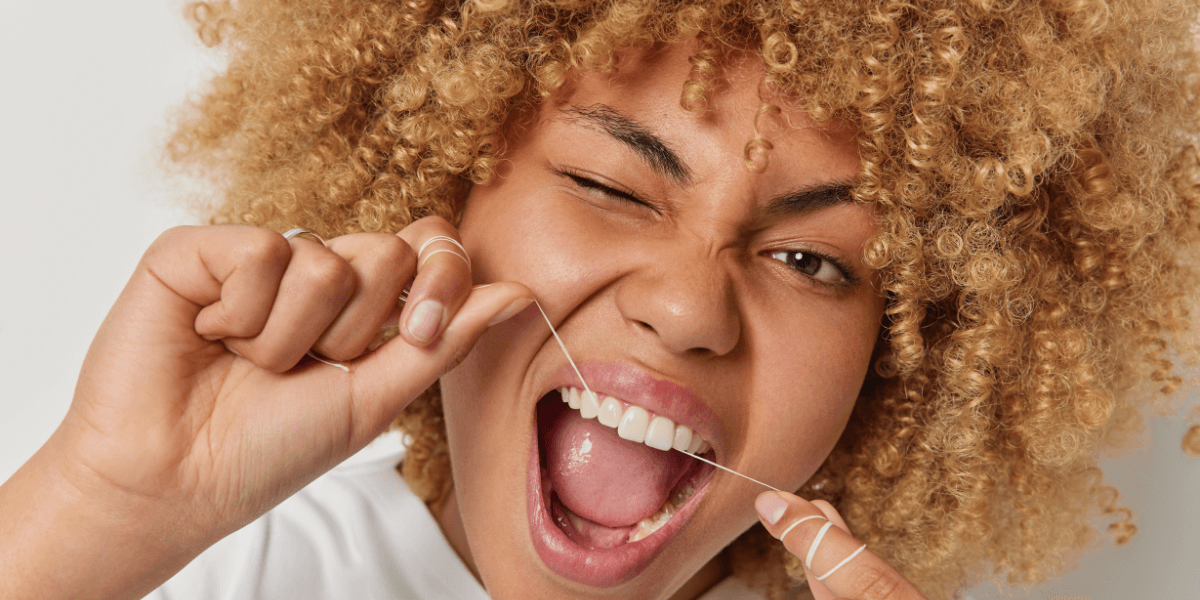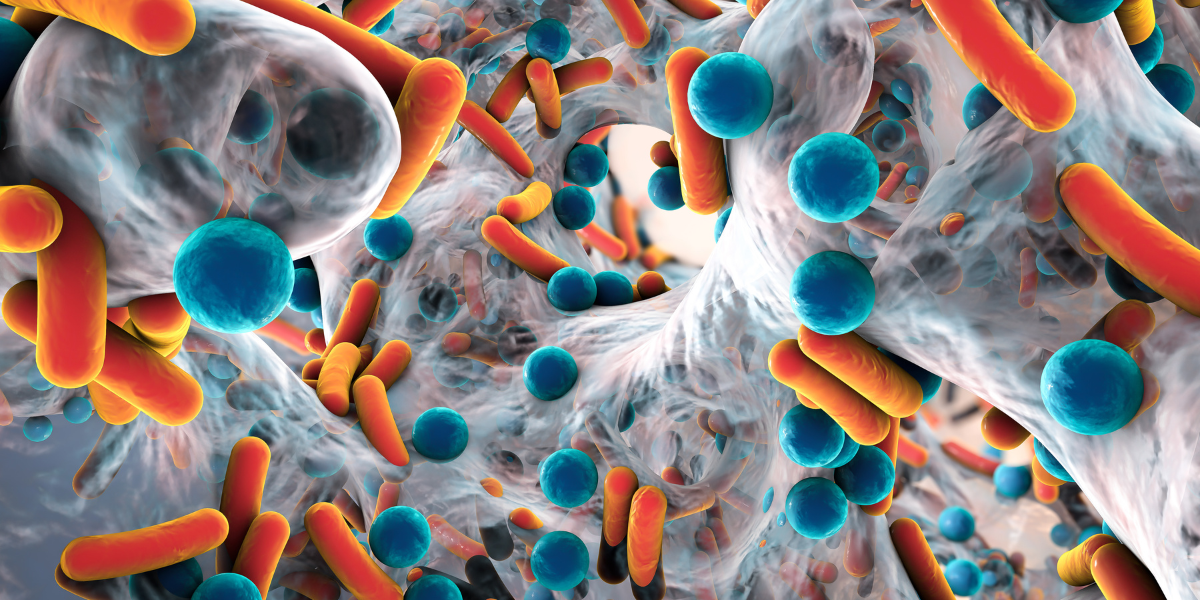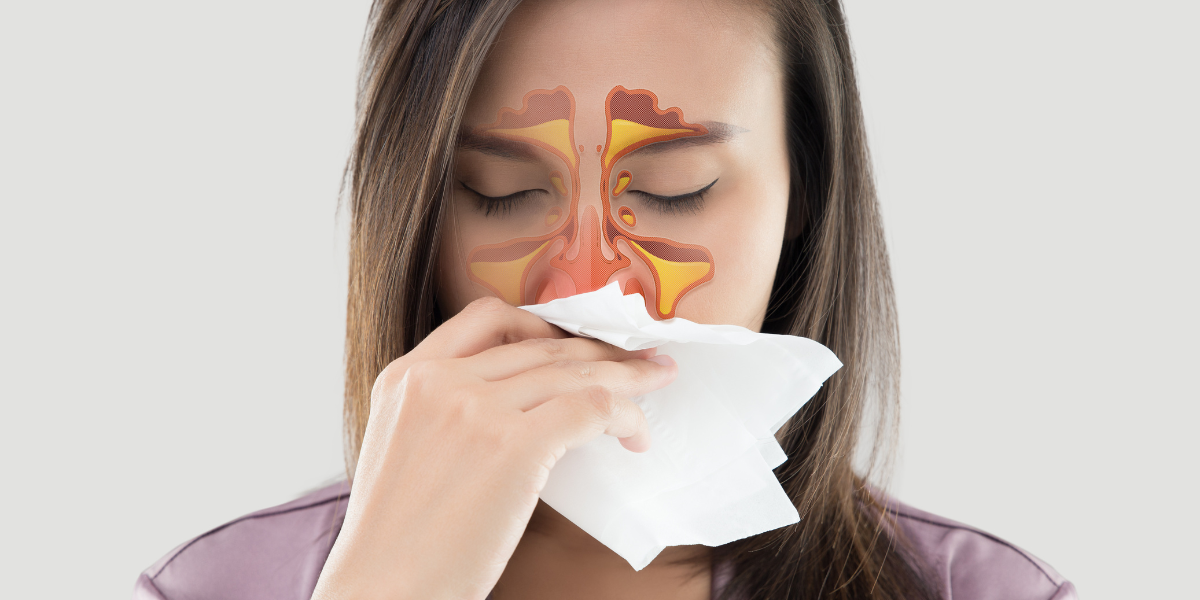About tooth remineralization: can tooth enamel grow back?

Enamel is the hardest material in the body but it is susceptible to erosion with repeated exposure to acid and other damage. Find out what you can do to strengthen your enamel now!
Tooth enamel, the outside layer of your tooth, is the hardest, most mineralized substance in your body [1]. It’s even harder than bone! However, it is still susceptible to wear as the teeth take an incredible amount of force each day with chewing, clenching, and for many patients, grinding. Enamel is constantly undergoing a process of remineralization and demineralization. Let’s discuss what this means for oral health.
What is enamel and what is it made of?
Enamel is comprised of 95% minerals, 4% water, and 1% proteins [1]. It makes up the top layer of the teeth and functions to protect the underlying dentin and pulp (nerve) of the tooth. While enamel is incredibly durable, it still needs to be replenished with minerals like calcium and phosphate to keep it strong [2]. It can also break down through the process of erosion in which one eats acidic foods, drinks acidic drinks, or has GI issues that cause acid reflux. These acids eat away at the enamel, breaking it down and exposing underlying tooth structures. While not visible, the enamel is constantly undergoing a process of remineralization and demineralization.
What is enamel remineralization?
Enamel needs its minerals replenished as they are constantly depleted through eating and drinking (especially acidic foods). This process of mineral depletion is known as enamel demineralization [2], and when this happens, the enamel is weakened and susceptible to decay. The oral cavity’s defense mechanism is enamel remineralization, in which the body takes calcium and phosphate from the saliva and puts these minerals back into the enamel [3]. This is an ongoing process as the enamel loses and replenishes minerals throughout the day with eating and drinking.

What products are good for enamel remineralization?
For the saliva to be able to put calcium and phosphate back into the enamel, it’s going to need somewhere to get it! The first source is saliva, which is why it’s important to eat a diet rich in vitamins and minerals. However, if someone has xerostomia (dry mouth) or is especially susceptible to tooth decay, there are some other ways to remineralize enamel. The first is a fluoride varnish treatment which is done in the dental office and promotes enamel remineralization as well as protects the tooth against hot and cold sensitivity. An oral probiotic is the second as a balanced oral microbiome will reduce the acidity of the pH, reducing enamel demineralization. Finally, good home care will promote remineralization as decreasing plaque biofilm will reduce places for bacteria to populate. Once enamel starts to demineralize, oral pathogens sweep in to take advantage [3]. If there is no plaque biofilm or acids for it to cling onto, there’s less of a chance they will cause decay.
Teeth are incredibly resilient but still need nourishment to fight decay and withstand daily forces. Nutrition, proper home care, and maintaining a healthy oral microbiome go a long way in maintaining strong enamel.
- Abou Neel, E. A., Aljabo, A., Strange, A., Ibrahim, S., Coathup, M., Young, A. M., Bozec, L., & Mudera, V. (2016). Demineralization-remineralization dynamics in teeth and bone. International journal of nanomedicine, 11, 4743–4763. https://doi.org/10.2147/IJN.S107624
- Arifa, M. K., Ephraim, R., & Rajamani, T. (2019). Recent Advances in Dental Hard Tissue Remineralization: A Review of Literature. International journal of clinical pediatric dentistry, 12(2), 139–144. https://doi.org/10.5005/jp-journals-10005-1603
- Lacruz, R. S., Habelitz, S., Wright, J. T., & Paine, M. L. (2017). Dental Enamel Formation and Implications for Oral Health and Disease. Physiological reviews, 97(3), 939–993. https://doi.org/10.1152/physrev.00030.2016







